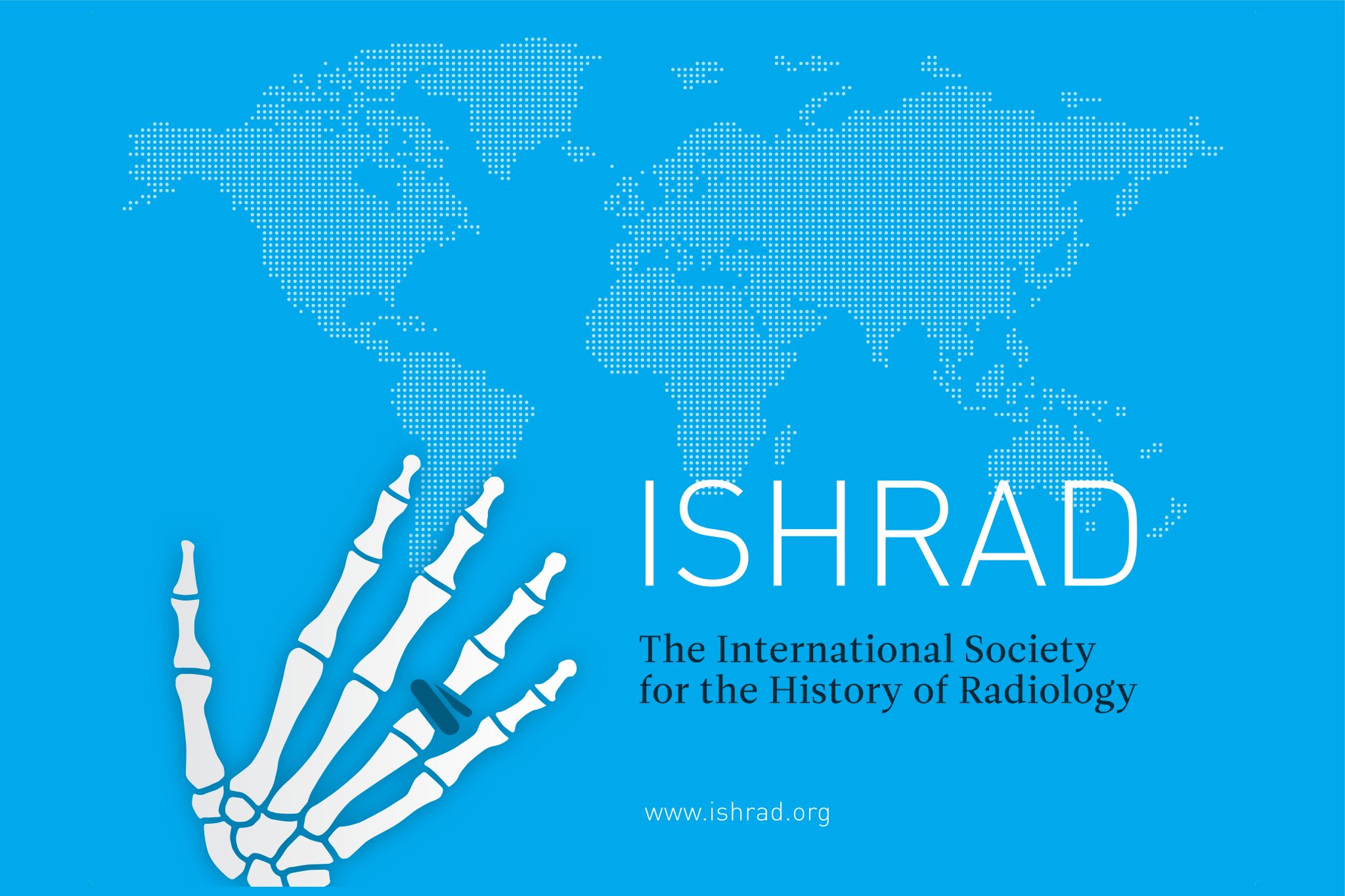Two CAR members have contributed the Canadian perspectives for a major book project cataloguing the history of radiological breakthroughs around the world. Dr. Ian Hammond and Dr. Brian Lentle were approached by the Société Française de Radiologie (SFR), in collaboration with the International Society for the History of Radiology (ISHRAD), to participate in a biographical compilation of international pioneers in radiology.
“Our task was to submit short profiles of the relevant Canadian pioneers,” said Dr. Hammond. “The obvious leader for the project was Dr. Brian Lentle who, among his many accomplishments, co-edited A New Kind of Ray: The Radiological Sciences in Canada 1895-1995, the seminal book published by the CAR in 1995. I was pleased to be his co-author as we had worked together on other projects related to the history of radiology in Canada.”
Even though biographing Canadian radiology pioneers was a daunting task, Dr. Lentle said there is a wealth of information from Canadian historians on which he and Dr. Hammond drew.
“Our work was made much easier by the writings of such predecessors as Dr. Bob Fraser, Dr. John Lipinski, Dr. Bill Parsons, Dr. Stuart Houston, Dr. Douglas McEwan, Dr. Charles Hayter and the many Canadians who had stepped up to preserve something of our history when the CAR published A New Kind of Ray.”
“We were greatly impressed by the scientific and intellectual curiosity of our forebearers, and it was at times difficult to keep our contribution within the imposed editorial guidelines,” said Dr. Hammond. “If I were to choose one highlight from our research, it would have to be the X-ray taken on February 7, 1896, by Professor John Cox, a physicist at McGill University, of the leg of Tolson Cunning, a young man who had been shot in an altercation in Montreal. The goal was to locate the bullet for surgical removal, which was achieved. The resultant image was the first clinical radiograph made in Canada, the first in North America to be used as an adjunct to surgery, and the first in the world to be used in jurisprudence.”
Pioneers in Radiology Worldwide is now in publication by the SFR and is expected to be unveiled at ISHRAD 2024 on October 5. Both contributing doctors are hopeful that the book will resonate with current and future radiologists.
“We would like Canadian radiologists and medical historians to recall that although the Canada of 1895 was just 28 years old with a population of approximately 5 million people, it made significant contributions to the early history of radiology at home and beyond its borders,” said Dr. Hammond.
“If I had one hope in this enterprise, it is that a few younger radiologists might seize upon our history as worth studying and preserving,” said Dr. Lentle. “That history may never be as compelling or new as the latest MRI pulse sequence or the biological fate of the newest radiotracer, but those of us that have lived through the development of the CAR to see it become a potent and important voice in Canadian medicine know that we have a heritage to record and preserve to guide our future.”
Thank you to Dr. Hammond and Dr. Lentle for prioritizing Canadian radiological history and sharing this country’s contributions.

